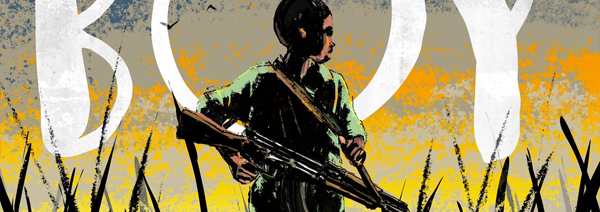|
Predicting the Future

I don’t know if I ever told you how I was dead set on solving the Y2K crisis back in 1999. That summer, I figured I had a little extra time on my hands so I’d visit my dad for a couple of weeks and knock out some projects: 1) solve the Y2K problem before all hell broke loose, and 2) build a kit car in the driveway to bond with my father who liked to work on cars as a hobby. It wasn’t long before I realized that I wasn’t cut out for either endeavor and we were just going to have to live or die with the consequences. The doom of the Y2K thing kept growing, yet we were able to make our way past that impending nightmare. At the strike of midnight on January 1, 2000, our stockpiles of cash and bottled water eased us into the new year as we held our breaths waiting to see if we would be okay. And we were. No thanks to me, of course. As a small child, I remember watching “The Man Who Saw Tomorrow”, about Nostradamus and his frightening predictions about the future. It was on HBO and I’m sure I saw it dozens of times the way a normal kid would watch “Halloween” or “Nightmare on Elm Street”. To me this was even scarier. I think it’s human nature to worry about the future and to have fears that are both real and far-fetched. For all the times I watched that Nostradamus film, I can’t remember if he predicted what we are going through today. Eh, probably not. He was good but he wasn’t that good. Whether it was Nostradamus, the Mayans, a doomsday cult, or some next-door neighbor authoritatively forecasting the end of the world, we have found a way to keep on keeping on—and I’m looking forward to doing some more of that with all of you this year.
Stay safe and healthy,

Tracy Jacobs
| |

Historical Fiction: Humanizing History with Keely Hutton
Wednesday, February 9 at 10 a.m. via Zoom; Free
Explore historical fiction’s role in unearthing untold stories from our distant and not-so-distant past while putting a human face on the events that have shaped our world. Author Keely Hutton takes her audience on a journey through her creative process, from the first spark of an idea to publication and beyond. She speaks about the challenges and triumphs she experienced in bringing history alive for her readers while writing her acclaimed historical fiction novels, “Soldier Boy” and “Secret Soldiers”, as well as her work collaborating with Second Sudanese Civil War survivor, Achut Deng, on her upcoming memoir, “Don’t Look Back”.
Keely Hutton, a former English teacher, is an author of books for young adults. She worked closely with Ricky Richard Anywar to tell his story in her debut novel, “Soldier Boy”. “Booklist” named “Soldier Boy” one of the top ten first novels in 2017 and one of the top ten historical novels for youth in 2018. Her second novel, “Secret Soldiers”, was a 2020 Bank Street Best Children's Book of the Year and 2020 Children's Book Council Notable Social Studies Book for Young People. Her third novel, Don’t Look Back, a YA memoir she co-authored with Achut Deng, will be available in Fall 2022. Keely lives in Rochester, NY with her husband, two sons, and adorable dog, Maximus.
| |

3D Photography: Images in Depth with Ted Papoulas
Wednesday, February 16 at 10 a.m. via Zoom; Free
Learn the story of the birth of “stereoscopy”, the phenomenon we now call 3D imagery, which entranced Victorian society and is the great-grandparent of today’s virtual reality. Sir Charles Wheatson invented the first stereoscope in the 1830s and the immersive realism of 3D has captivated viewers ever since in a variety of forms, from vintage stereocards, to the 3D photograph and movie craze of the 1950s, to 3D comics, view-master reels, virtual reality headsets and more. A pair of red/blue 3D glasses will be mailed to you so you can view this session IN DEPTH on your screen at home.
Ted Papoulas is a fine artist, illustrator, former co-owner of digital media agencies, and an avid stereoscopic photographer. He became fascinated with 3D images in 1991 after purchasing his first Stereo Realist camera in NYC. Along with taking 3D photographs, Ted enjoys the challenge of converting both 2D photos and artwork into 3D stereo pairs. In the 1990s, he briefly ran the Stereo Stamp Company, selling stereoscopic rubber stamps. Since becoming a certified diver in 2004, he has enjoyed sharing the world below the waves with those on land via his stereoscopic underwater photography. After spending a few decades in Brooklyn, Ted now resides in Montclair, New Jersey with his wife and two daughters.
| |

At-A-Glance Schedule with Brief Course Descriptions
As we have for the last two years, we will be ready to adjust how we deliver our courses as Covid-19 requires and in accordance with TU policy. We are committed to delivering excellent academic programming to our members and we are so excited about what we have in store for this year.
| |
Save the Date
OSHER PREVIEW TO BE LIVESTREAMED
Monday, February 14 at 2 p.m.
| |
| |
|